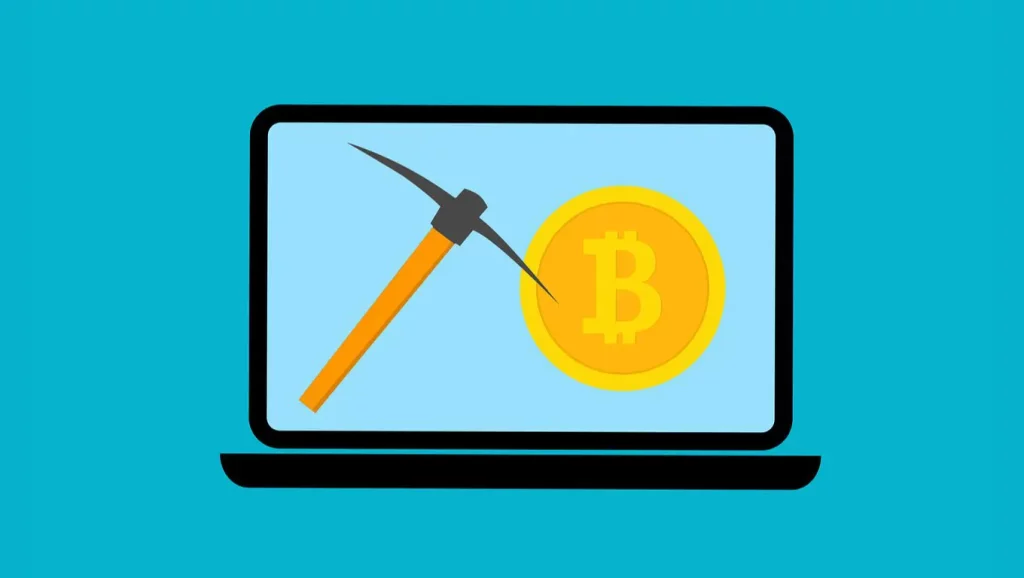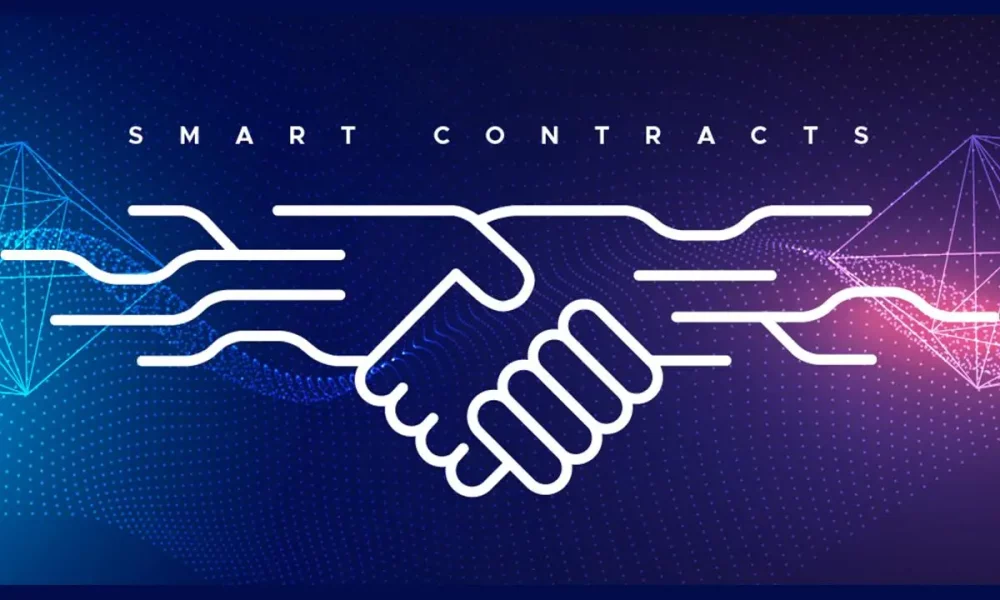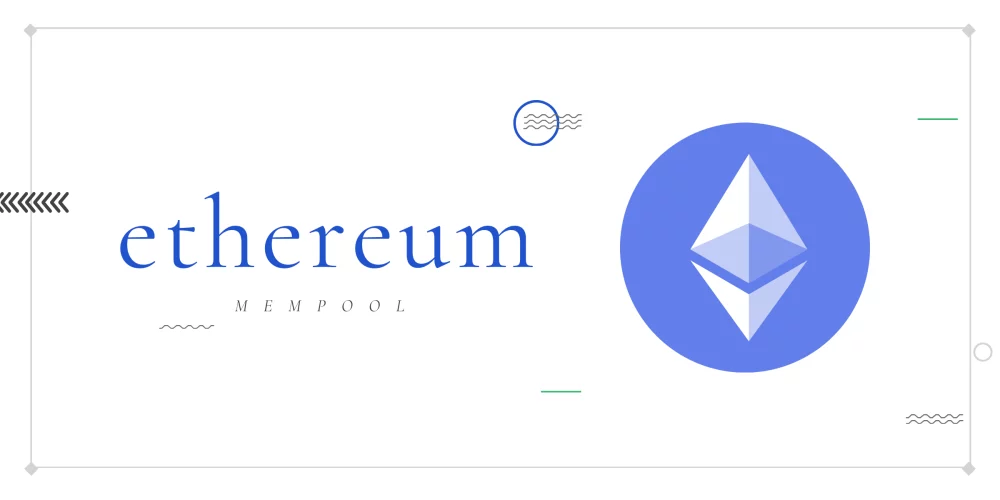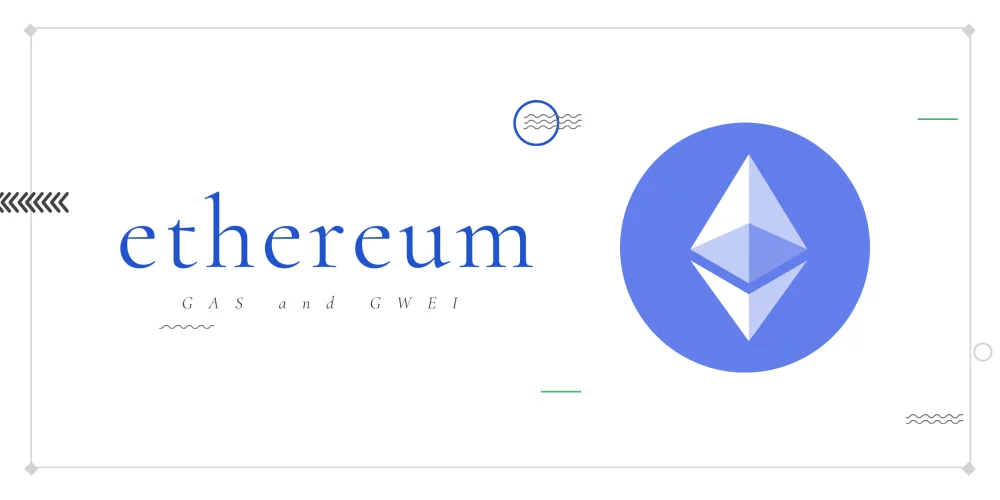
Introduction
The Proof-of-Work (PoW) protocol is an integral part of the Bitcoin network and many other cryptocurrencies. PoW revolves around the concept of ‘mining,’ which is essentially a process that allows these blockchain networks to remain decentralized and secure.
In this article, we’ll take a deep dive into PoW mining, how it works, and its importance in the crypto world.
Proof-of-Work Mining: The Basics
Mining in a PoW context involves solving complex mathematical problems to validate transactions and add new blocks to the blockchain.
Miners utilize significant computational resources, known as ‘hashing power,’ to solve these problems, and the first miner to find the solution gets the opportunity to add the next block and receive a reward.
Cryptocurrency Mining Process
The mining process begins with the collection of recent transactions into a block.
Miners then try to solve a mathematical problem related to the block, which involves finding a number that, when hashed with the block’s data, produces a result within a certain range.
This problem-solving task is resource-intensive and requires significant computational power.
The difficulty of this task adjusts roughly every two weeks (in the case of Bitcoin) to maintain a steady rate of one block mined every 10 minutes.
When a miner solves the problem, they announce it to the network, and other nodes verify the solution. If it’s correct, the block is added to the blockchain, and the miner receives a reward, consisting of newly minted cryptocurrency and transaction fees from the block.
The Role of Miners
Miners play a crucial role in the PoW ecosystem.
They not only validate and record transactions but also ensure the network’s security.
By contributing their computational resources, miners prevent malicious actors from manipulating the blockchain.
This process is also why PoW blockchains are considered decentralized – no single entity has control over the validation process.
Mining and Energy Consumption
Mining in a PoW system is often criticized for its high energy consumption.
The extensive computational resources required for mining consume significant amounts of electricity.
However, innovations such as renewable energy sources and more energy-efficient hardware are being explored to mitigate these concerns.
Sponsored by LatencyService
In the fast-paced world of cryptocurrency, speed is everything.
That’s why at LatencyService, we offer you the chance to rent nodes and VPS with unlimited calls and minimal latency.
With our service, you can execute your trades more efficiently and effectively, ensuring you never miss a beat in the rapidly evolving crypto market.
Visit latencyservice.aviddot.com today and give yourself the competitive edge you need!
Conclusion
Understanding the concept of PoW mining is fundamental in the cryptocurrency landscape.
It’s a vital process that facilitates transactions, maintains network security, and upholds the decentralized ethos of blockchain technology.


